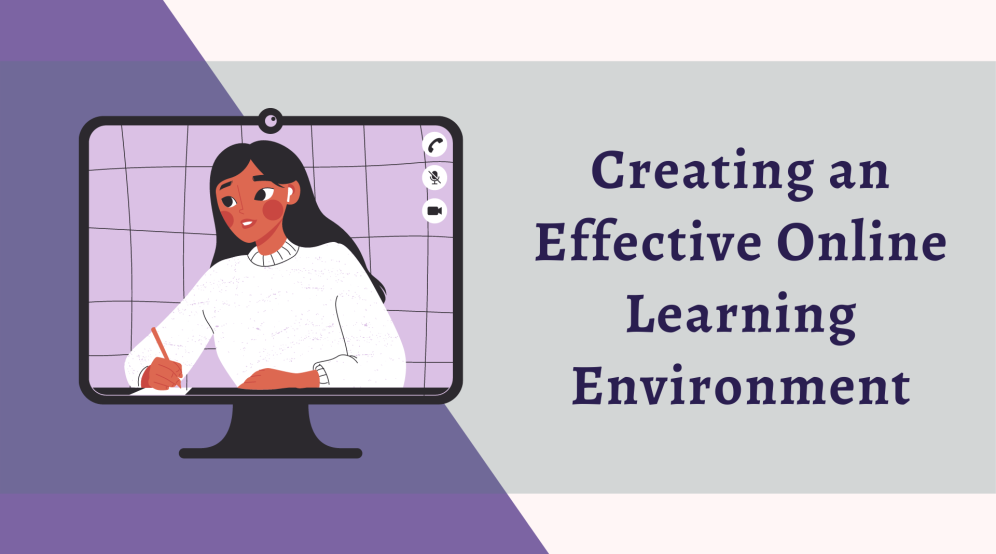Sharon B. Buchbinder, RN, PhD, Stevenson University Online Program Coordinator for the Master’s in Healthcare Management and Bachelor’s in Business Administration programs boasts some serious credentials, which includes published author. Earlier this year, she shared her expertise in online learning in a webinar for Jones and Bartlett Publishing. View webinar here.
These six key goals and tips shared by Dr. Buchbinder can be helpful to today’s educators, who are tasked with successfully teaching in an online environment:
Goal 1: Generate student-faculty contacts
- Utilize online spaces to gather, share, and communicate information to your students. Those spaces include faculty information, syllabus, announcements, discussion boards, conference calls, email, and phone calls.
- Be approachable and remember the four A’s: Ability, affability, attitude, and availability when communicating with your students.
Goal 2: Encourage reciprocity and cooperation among students
- Utilize tools such as group projects, peer reviews, and discussion boards to promote and assess engagement among your students.
- Have a clear rubric for your discussions. This ensures that your students will expect to “give something substantive back to the class because that’s part of the peer-to-peer learning [experience].”
Goal 3: Apply the principle of effective feedback
- Effective feedback is prompt, specific, constructive, and positive.
- Be responsive! “If you are responsive, students feel reassured that you’re there for them and in the great cyber space it can feel lonely.” Here is a rule of thumb – try to respond to communications within 24 hours.
- Return assignments before the next assignment is due. This ensures students will have enough time to incorporate feedback.
Goal 4: Emphasize time on task and deadlines
- Assist your students in managing their time by reinforcing due dates and by giving realistic expectations of how much time they should spend on the course assignments.
Goal 5: Communicate high expectations
- Establish high, but reasonable, expectations. “If you’re teaching at the undergraduate level don’t give students graduate level expectations. Teach at the level you expect your students to be.”
- Help your students achieve expectations by providing templates for assignments, posting resources, and by holding conference calls to clarify questions.
Goal 6: Create a space for diverse talents and ways of learning
- “One-size does not fit all.” To create space for your students to demonstrate their talents and competencies, vary your assignments. These assignments can include discussion boards, videos, group work, presentations, peer reviews, research papers, and case studies.
- Make assignments applicable to the students’ life. It can be hard for students to work on assignments that really don’t relate to their own lives.
For a more in-depth look at Dr. Buchbinder’s tips, please visit the video here.






